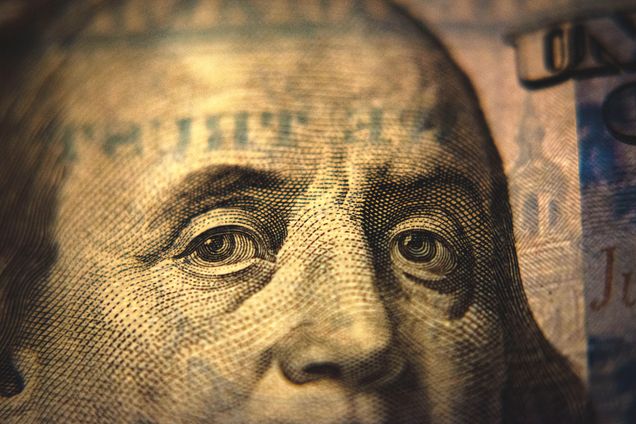Do Central Banks Rebalance Their Currency Shares?

Do central banks rebalance their currency shares? The answer matters, as the dollar’s predominant role in large official reserve holdings means widespread rebalancing requires central banks to buy (sell) a depreciating (appreciating) dollar, stabilizing its value against other major currencies.
In a new National Bureau of Economic Research working paper, Menzie D. Chinn, Hiro Ito and Robert N. McCauley hypothesize larger reserve holdings have led central banks to approach their investment more systematically and to make rebalancing in the face of exchange rate changes the norm.
The authors illustrate the choice with two polar case studies: the United States, which clearly does not rebalance its small FX reserves, and Switzerland, which does rebalance its very large reserves, so that changes in exchange rates do not move its currency allocation. The authors’ hypothesis finds partial support in global aggregated data, rejecting both no rebalancing and full rebalancing and pointing to emerging market economies as the source of the aggregate result. Additionally, the authors tested for rebalancing with panel data, finding that the sample economies on average again behaved in intermediate fashion, partially but not fully rebalancing. However, when observations were weighted by the size of reserves, the panel analysis found full rebalancing. Furthermore, the authors found that a variety of control variables and splits of the panel sample did not alter the thrust of their findings.
Overall, the authors conclude that central banks rebalance their FX reserves extensively, but not uniformly.
Read the Working Paper